1. Net-Zero Energy Homes

By 2030, net-zero energy homes will become the standard in many areas. These homes produce as much energy as they consume, utilizing solar panels, wind turbines, and energy-efficient designs. Builders will prioritize airtight construction, advanced insulation, and renewable energy integration to meet sustainability goals.
2. 3D-Printed Homes
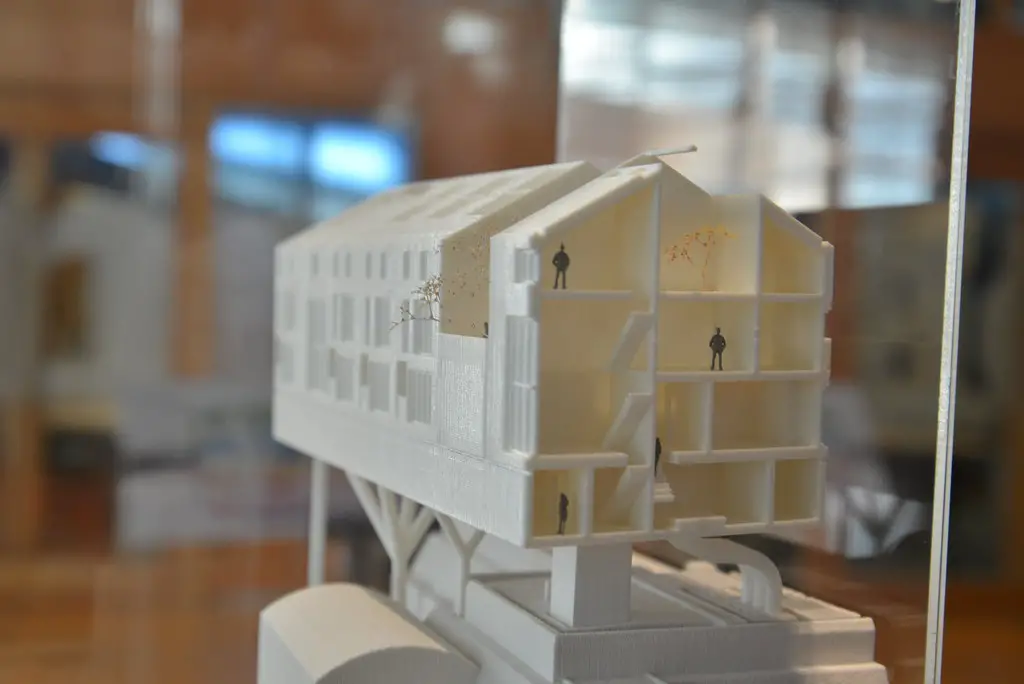
3D printing technology is transforming construction with faster build times and reduced costs. These homes can be customized with intricate designs and are made using sustainable materials like recycled plastics or concrete alternatives. Expect 3D-printed neighborhoods to become more common, especially in areas with affordable housing shortages.
3. Modular and Prefabricated Construction
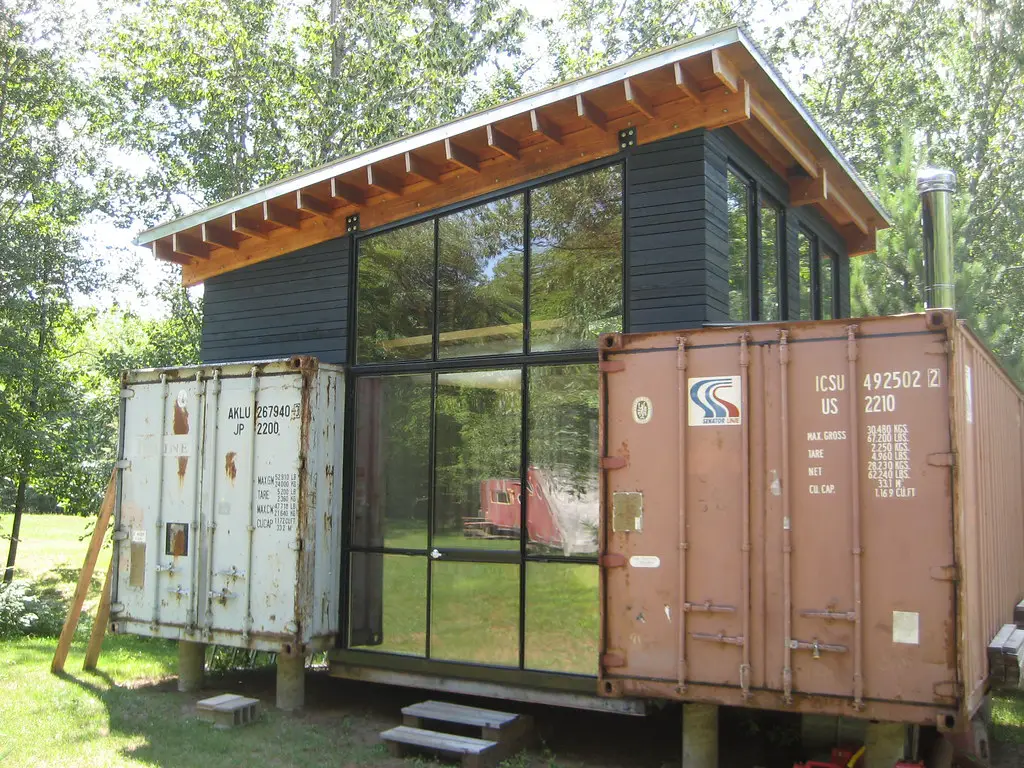
Prefabricated and modular homes are gaining traction for their efficiency and cost-effectiveness. Sections of the house are built off-site and assembled quickly on location, reducing construction waste and timelines. These homes will increasingly include luxury finishes and eco-friendly features.
4. Smart Homes with Full AI Integration
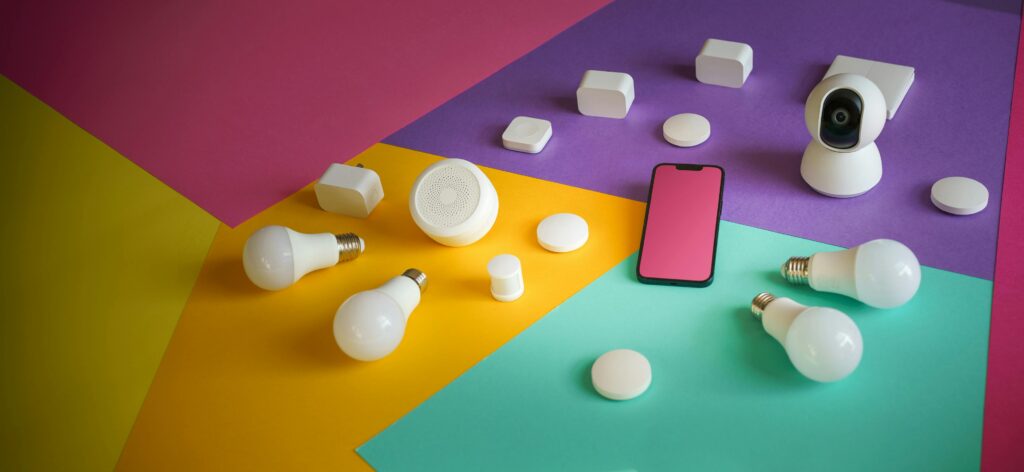
Construction will prioritize smart home systems from the ground up, embedding AI technology into lighting, HVAC, security, and entertainment systems. Builders will install voice-activated controls and predictive maintenance tools as standard features, making smart technology accessible for all buyers.
5. Biophilic Design Elements
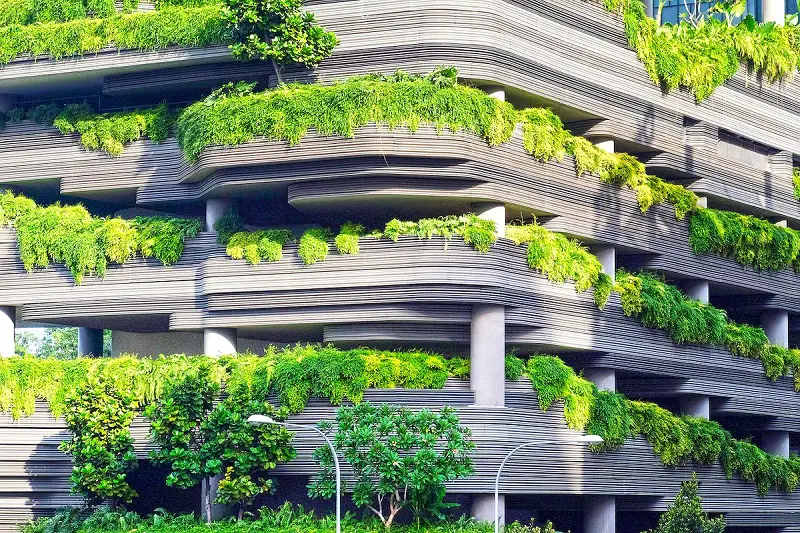
Biophilic design—integrating natural elements into home construction—will continue to rise in popularity. Homes will feature green walls, indoor gardens, and large windows for natural light, creating spaces that connect occupants with nature. This trend not only enhances aesthetics but also promotes mental and physical well-being.
6. Energy Storage Solutions
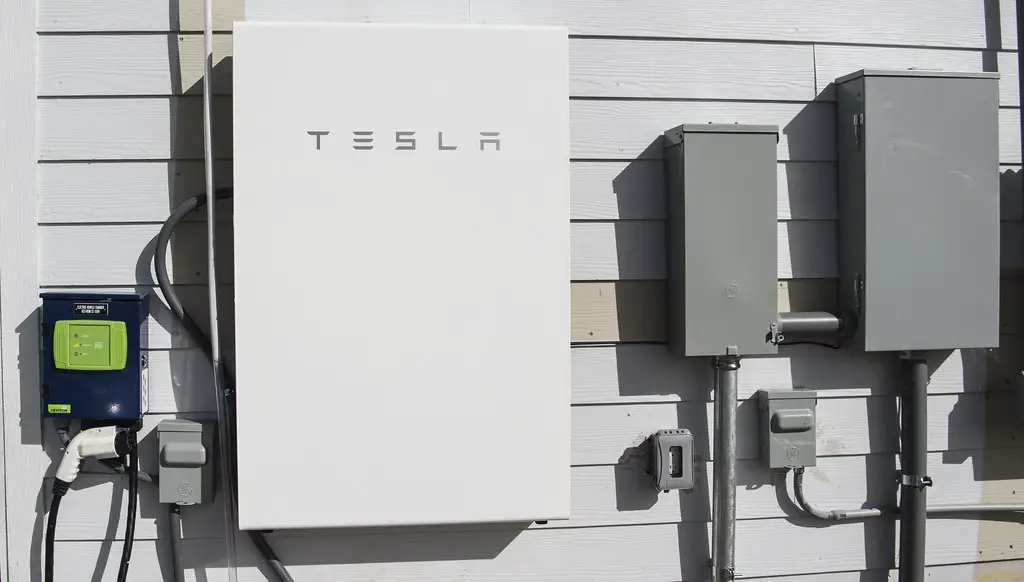
Incorporating home battery systems, like Tesla Powerwalls, will be a priority for new construction. These systems store excess energy generated by solar panels, providing backup power during outages or high-demand periods. Builders will integrate energy storage solutions into home designs to improve efficiency and reliability.
7. Flexible Floor Plans
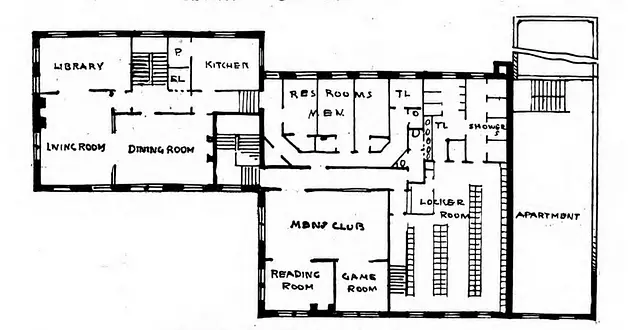
Homes will be designed with adaptability in mind, offering spaces that can easily transition between uses. For example, a guest room might double as a home office or gym. Sliding walls, foldable furniture, and multipurpose layouts will make homes more functional for changing needs.
8. Sustainable Building Materials
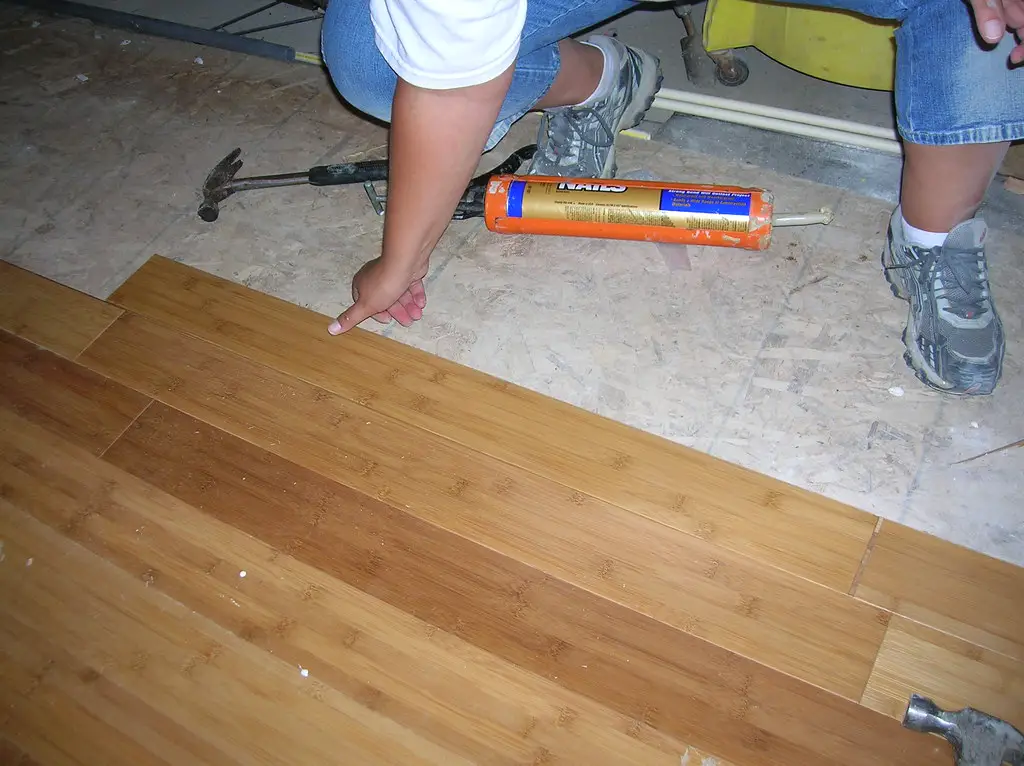
Eco-friendly materials like bamboo, reclaimed wood, and recycled steel will dominate construction trends. Builders will also adopt innovative products, such as hempcrete and mycelium-based insulation, to reduce the carbon footprint of new homes. These materials are durable, stylish, and environmentally responsible.
9. Climate-Resilient Construction
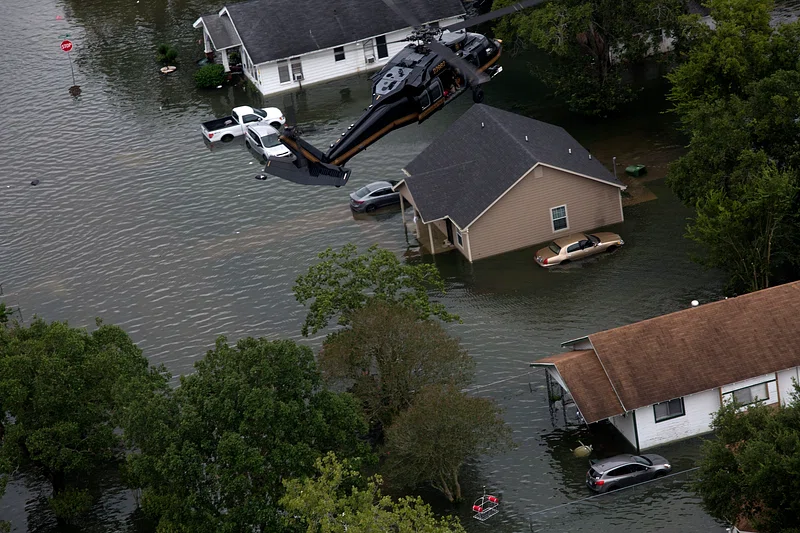
As extreme weather events become more common, homes will be built to withstand hurricanes, wildfires, and floods. Builders will use reinforced concrete, fire-resistant materials, and elevated foundations in vulnerable areas. Smart weather sensors and stormproof designs will also be integrated into new builds.
10. Smaller, Efficient Homes
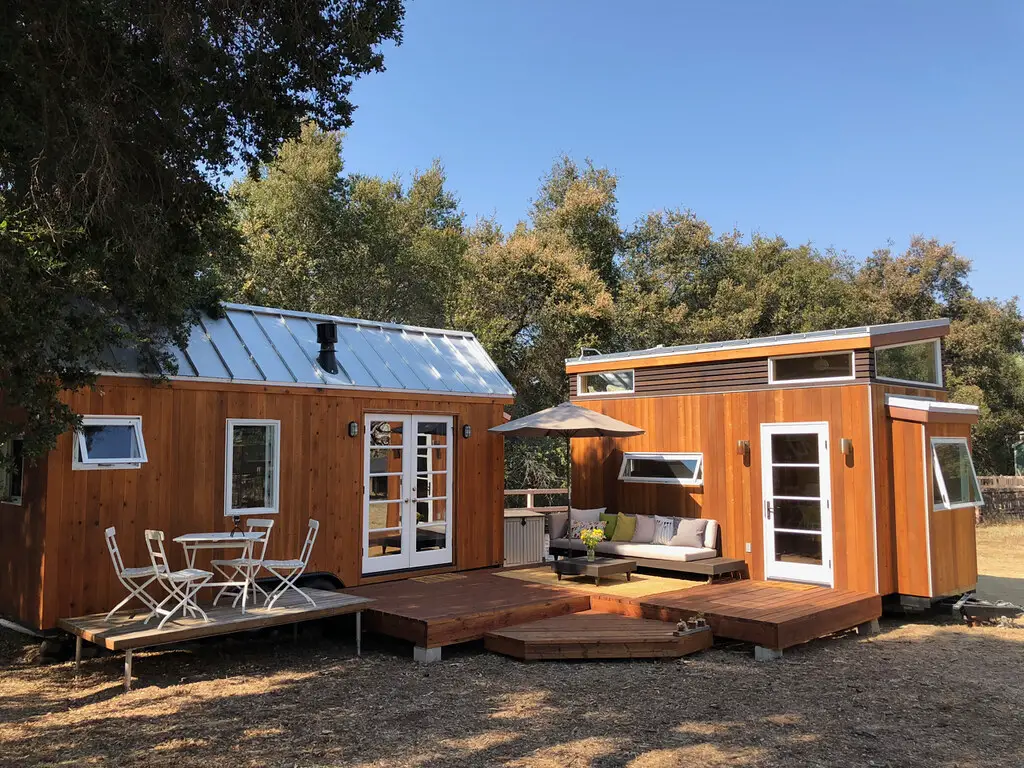
The tiny house movement will inspire more compact and efficient home designs. Builders will focus on maximizing usable space with innovative layouts and multifunctional furniture. These smaller homes will appeal to eco-conscious buyers and those looking to downsize.
11. On-Site Water Management Systems

Homes will increasingly feature systems to harvest, recycle, and manage water. Rainwater collection systems, greywater recycling, and efficient irrigation setups will reduce water waste. Builders will design homes with drought-prone regions in mind, incorporating xeriscaping and water-saving fixtures.
12. Health-Focused Designs
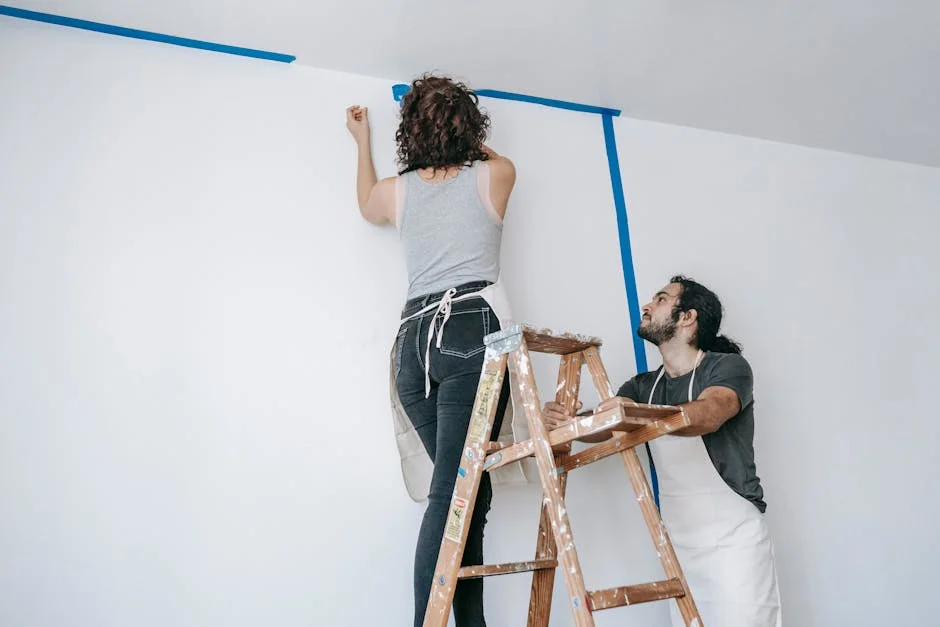
Construction will prioritize indoor air quality and occupant health by using low-VOC paints, non-toxic materials, and advanced ventilation systems. Homes will also include features like circadian lighting and antimicrobial surfaces to create healthier living environments. Builders will market these designs as essential for modern, wellness-oriented lifestyles.
